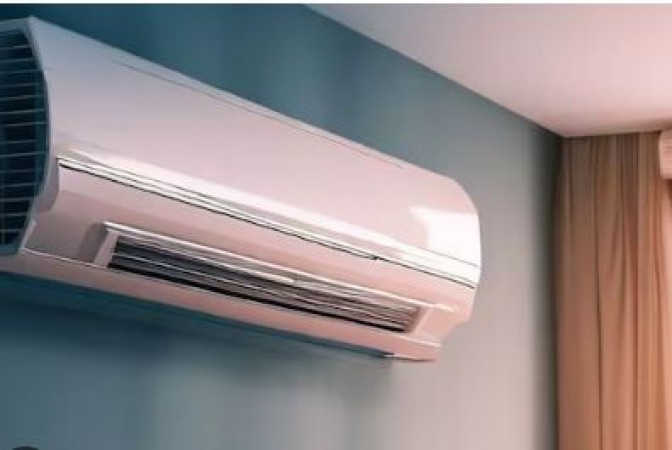
Reverse Osmosis (RO) filtration systems have become increasingly popular for purifying water and ensuring its safety for consumption. These systems utilize a multi-stage filtration process that effectively removes contaminants, impurities, and pollutants from water, thereby providing clean and healthy drinking water for households and businesses alike.
The Crucial Role of RO Filters
At the heart of every RO filtration system are its filters, which play a critical role in the purification process. These filters are specifically designed to trap and remove various contaminants, including sediment, chlorine, heavy metals, bacteria, and viruses, from the water supply. By effectively removing these impurities, RO filters help ensure that the water produced by the system meets the highest standards of quality and safety.
Factors Influencing Filter Lifespan
Several factors can influence how often RO filters need to be changed, including:
Water Quality: The quality of the water supply directly impacts the lifespan of RO filters. If the water contains high levels of contaminants, such as sediment, chemicals, or microorganisms, the filters may become clogged more quickly, necessitating more frequent replacement.
Water Usage: The volume of water consumed in a household or business can also affect the longevity of RO filters. Higher water usage typically means that the filters are working harder and may need to be replaced more often to maintain optimal performance.
Filter Type: Different types of RO filters have varying lifespans, depending on their design, materials, and filtration capabilities. It is essential to follow the manufacturer's recommendations for filter replacement based on the specific model of the filtration system.
Pre-filtration: Some RO systems incorporate pre-filters, such as sediment filters or carbon filters, to remove larger particles and impurities before the water reaches the RO membrane. Regularly replacing these pre-filters can help extend the lifespan of the RO membrane and subsequent filters in the system.
Recommended Replacement Schedule
While the frequency of filter replacement may vary depending on individual circumstances, a general guideline for replacing RO filters is as follows:
Sediment Pre-filter (Every 6-12 Months): The sediment pre-filter is designed to capture large particles and sediment from the water, preventing them from reaching the RO membrane. Over time, these particles can accumulate and clog the filter, reducing its effectiveness. Therefore, it is recommended to replace the sediment pre-filter every 6 to 12 months to maintain optimal filtration performance.
Carbon Pre-filter (Every 6-12 Months): The carbon pre-filter is responsible for removing chlorine, odors, and organic compounds from the water, improving its taste and odor. As the filter absorbs these impurities, its filtration capacity diminishes, necessitating replacement. It is advisable to replace the carbon pre-filter every 6 to 12 months to ensure continued removal of contaminants and maintain water quality.
RO Membrane (Every 2-3 Years): The RO membrane is the most critical component of the filtration system, responsible for removing dissolved solids, bacteria, viruses, and other contaminants from the water. Over time, the membrane may become fouled or damaged, compromising its filtration efficiency. To maintain optimal performance, it is recommended to replace the RO membrane every 2 to 3 years or as recommended by the manufacturer.
Post-filter (Every 6-12 Months): The post-filter is the final stage of filtration in an RO system, providing additional polishing and improving the taste of the water. Over time, the filter may become saturated with impurities, reducing its effectiveness. To ensure consistently high water quality, it is advisable to replace the post-filter every 6 to 12 months, or as needed.
Regular Maintenance for Optimal Performance
In addition to regular filter replacement, proper maintenance is essential for maximizing the lifespan and efficiency of an RO system. Some key maintenance practices include:
Monitor Water Quality: Regularly test the quality of the water produced by the RO system to ensure that it meets the desired standards of purity and safety. If any changes in taste, odor, or clarity are detected, it may indicate that the filters need to be replaced sooner than scheduled.
Follow Manufacturer's Guidelines: Adhere to the manufacturer's recommendations for filter replacement and system maintenance, as outlined in the product manual or documentation. These guidelines are based on extensive testing and are tailored to the specific design and performance characteristics of the RO system.
Professional Servicing: Consider scheduling professional servicing for the RO system annually or as needed. Qualified technicians can inspect the system, identify any issues or defects, and perform necessary repairs or replacements to ensure continued performance and reliability.
In conclusion, maintaining optimal performance of an RO filtration system requires regular filter replacement and proper maintenance. By following the recommended replacement schedule and implementing best practices for system upkeep, homeowners and businesses can enjoy clean, safe, and great-tasting water for years to come.
Living ona Tight Budget: Strategies for Saving with a Low Income
Have your jeans also become old? So use this solution to make your old jeans look like new
You can style pearl necklace in so many ways, it will never look out of fashion